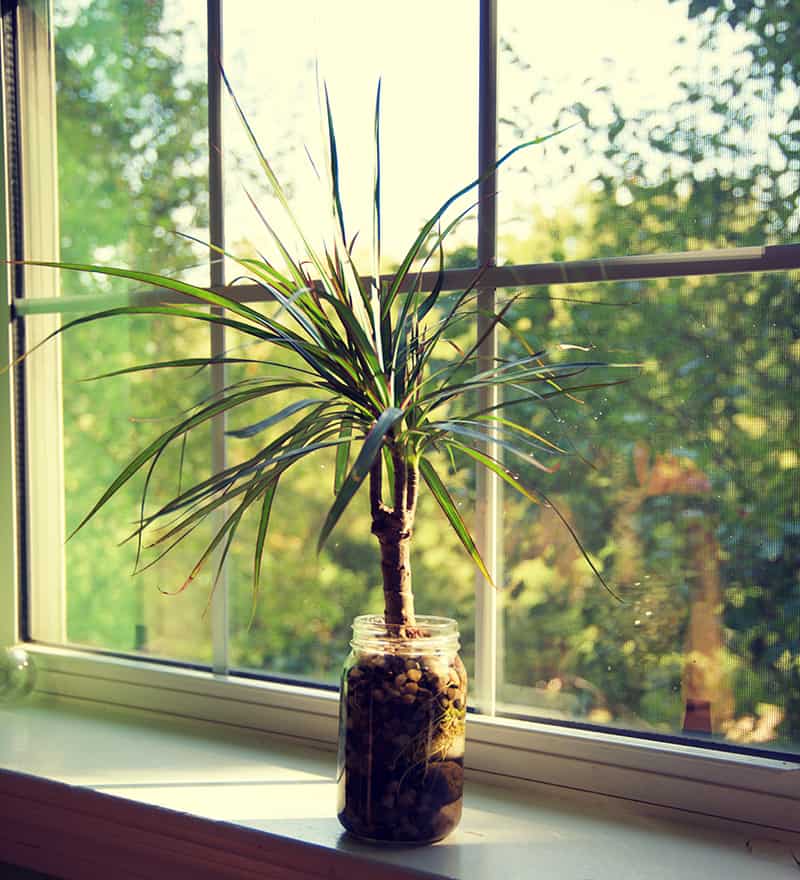- Home >
- Eucalyptus Trees
Eucalyptus Trees for Sale - Buying & Growing Guide
Do You Know Your Growing Zone? i Growing zones help determine if a particular plant is likely to grow well in a location. It identifies the average annual minimum winter temperatures across the U.S. provided as a map by the USDA.
2 Results
How to Grow Eucalyptus Trees
How to plant Eucalyptus trees
Most Eucalyptus varieties do not do well in temperatures under 50 degrees Fahrenheit, so when you live in a northern climate plant your tree in a container that can be brought inside in the winter. Choose a site that gets full sun (six to eight hours daily) and which is sheltered from the wind. Eucalyptus trees do well in most soil types.
Dig a hole that is twice as wide and a little deeper than the plant’s root ball. Unpot, or unwrap, your seedling, but try to avoid disturbing the roots, which are easily damaged. Add some well-rotted compost or manure to the hole and place your tree so that the top of the root ball is at ground level. Fill in around it with topsoil, mixing in some peat moss when your soil is sandy.
Tamp down the soil to eliminate air pockets, and water thoroughly. Build up a low berm (a shallow hill that acts as a barrier) about a foot or so away from the trunk to capture water near the roots. Apply a layer of organic mulch around the tree, taking care that it does not touch the trunk.
How to achieve maximum results
With 700+ types of Eucalyptus, you will want to read the plant tags carefully, to see exactly what your own variety needs in the way of water and nutrients. Most of them like well-drained soil, but can handle clay, loam, or sandy soils with ease. Some even tolerate boggy surroundings. They also do best with a pH between 5.5 and 6.5, commonly found in most gardens.
How to Care for Eucalyptus Trees
Watering and nutrients
When newly planted, and for their first year, Eucalyptus saplings need an inch of water a week, either from rain, or supplemental watering. Once established, they will not need any additional water unless you are experiencing severe drought.
Eucalyptus trees are tough and used to nutrient-poor soil in their native Australia, so they do not need supplemental fertilizer unless they are pot-grown. In that case, an occasional feeding with a general slow-release product is recommended but use the minimum suggested dose.
Pollination
Eucalyptus trees are monoecious, meaning that a single tree’s flowers have both male and female structures within them. This means that a single tree can produce seed without needing another tree nearby. Some Eucalyptus trees scatter seed by means of wildfires, which open the seed capsules and allow the seed to drop to the recently burned ground and germinate.
Pruning
Eucalyptus trees do not need heavy pruning. Remove broken, dead, or diseased limbs as you see them. When you are growing a multi-stemmed variety, you can prune out enough interior wood so that air and light are able to get into the center of the plant. Some varieties of Eucalyptus trees shed bark in the fall, and when yours does so collect the debris so that it does not harbor insects near the tree.
Pests and diseases
Several pests specific to the genus affect Eucalyptus, including the Eucalyptus snout beetle and Eucalyptus leaf beetle. They can also harbor infestations of whiteflies. On young plants, it is good to try to minimize infestations by hand-picking or using insecticides. A healthy mature tree, however, should be able to handle insects without serious damage.
Diseases of the Eucalyptus include anthracnose, armillaria root rot, and several canker diseases. The latter cause dead tissue on branches or roots and can be caused by a fungus, as well as by sunscald, or accidents that damage the bark. Cut out any infected branches back to good wood. A copper fungicide is also helpful for treating any fungal diseases.





